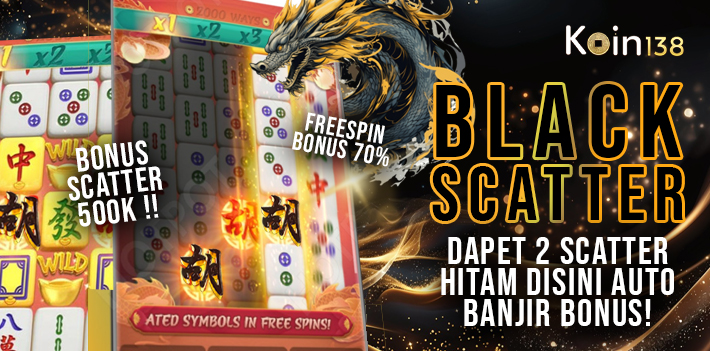1
/
of
1
rtptinggi
Koin138 † Daftar Slot Gampang Dapat Scatter dan x1000 Terus Menerus
Koin138 † Daftar Slot Gampang Dapat Scatter dan x1000 Terus Menerus
Regular price
Rp 10.000,00 IDR
Regular price
Sale price
Rp 10.000,00 IDR
Unit price
/
per
Couldn't load pickup availability
Koin138 † Daftar Slot Gampang Dapat Scatter dan x1000 Terus Menerus
Kembali lagi bersama situs paling gacor dan termudah untuk dapat scatter gacor dan x1000 koin138 dan dengan ini kami admin rtp koin 138 menghadirkan berbagai permainan paling baru dan terupdate 24 jam dengan berabgai pilihan partner provider terpercaya. Daftar dan login sekarang juga.
RTP SLOT GACOR


